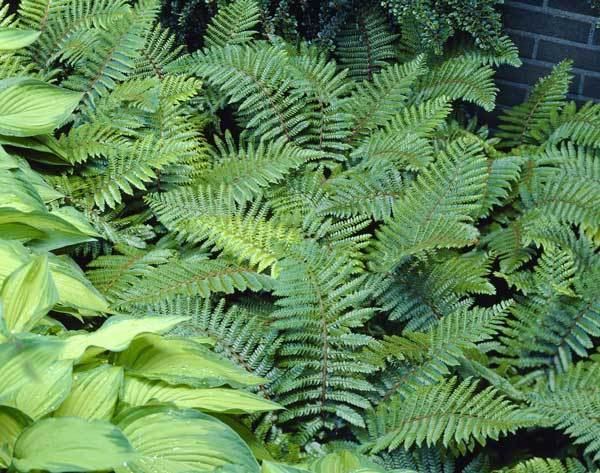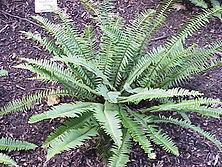Scientific name Polystichum Rank Genus | Division Pteridophyta | |
 | ||
Lower classifications Polystichum setiferum, Polystichum munitum, Polystichum aculeatum, Polystichum acrostichoides, Polystichum lonchitis | ||
Fern polystichum setiferum variety m4v
Polystichum is a genus of about 260 species of ferns with a cosmopolitan distribution. The highest diversity is in eastern Asia, with about 120 species in China alone; the region from Mexico to Brazil has nearly 100 additional species; Africa (17 species), North America (15 species), and Europe (5 species) have much lower diversity. Polystichum species are terrestrial or rock-dwelling ferns of warm-temperate and montane-tropical regions (a few species grow in alpine regions).
Contents
- Fern polystichum setiferum variety m4v
- 28 inch polystichum fern plant artificialplantsandtrees com
- Description
- Cultivation
- Hybrids
- Ecology
- Apomixis
- Selected species
- Former species
- References

28 inch polystichum fern plant artificialplantsandtrees com
Description

Many ferns of this genus have stout, slowly creeping rootstocks that form a crown, with a vase-like ring of evergreen fronds 30 to 200 centimetres (10 to 80 in) long. The sori are round, with a circular indusium. The stipes have prominent scales. The genus differs from the well-known and allied fern genus Dryopteris in the indusium being circular, not reniform, and in having the leaf blades with asymmetrical segments—one side of the segment is much longer than the other at the base.
Cultivation

Several species are grown as ornamental plants in gardens. One species, Polystichum tsus-simense of eastern Asia, is commonly offered as a houseplant.
Hybrids
Hybridisation is frequent in the genus, with several named hybrids, including:-

Ecology

Polystichum species are used as food plants by the larvae of some Lepidoptera species including Pharmacis fusconebulosa. Specimens of some of these can be found at the Royal Botanic Gardens, Sydney.
Apomixis
Apomixis, the development of an embryo without the occurrence of fertilization, is particularly common among ferns. Apomixis evolved several times independently in three different clades of polystichoid ferns.
Selected species
The genus Polystichum includes, but is not limited to, the following species. In this list, a species name preceded by (=) is considered to be a synonym of the accepted species name above it.
Former species
Species that were at one time considered part of the Polystichum genus, but are now categorized elsewhere, include:
